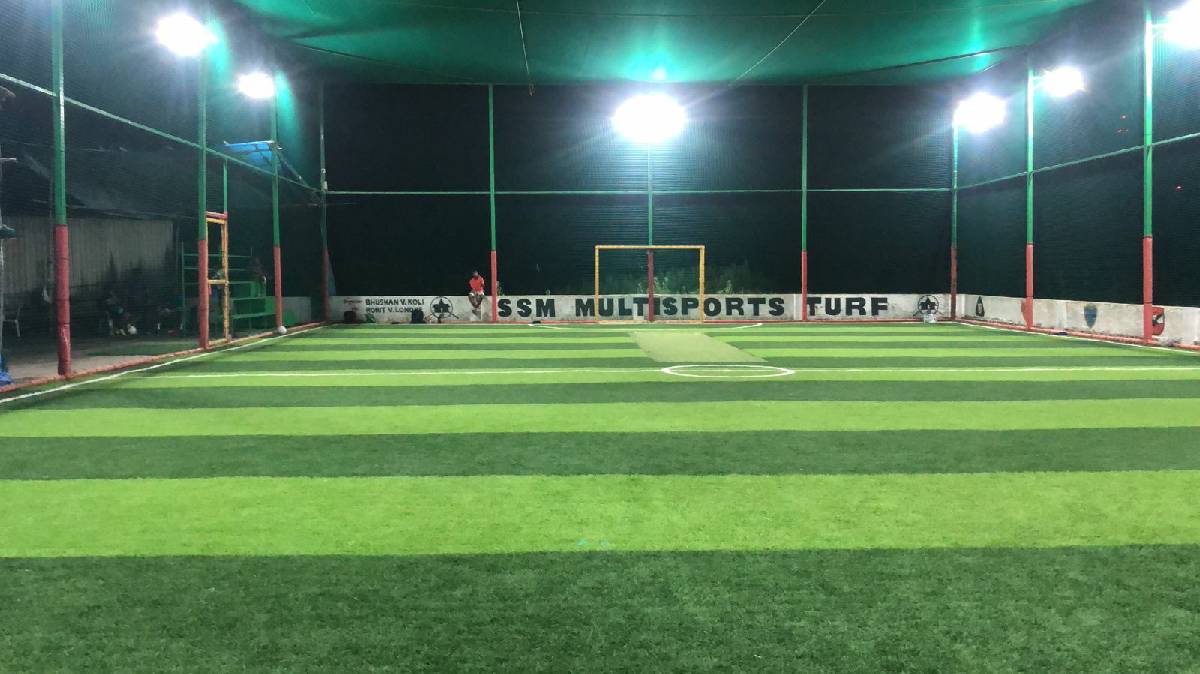
A sports field requires a turf with a high pile height and lots of rubber infill. Most types of sports turf are easy to install with a few accessories.
For a perfect fit, clean the surface well and dry before you lay the turf. Laying the turf dry minimizes variations in the surface, which is common during installation.
Synthetic sports turf
The Environmental Protection Agency and the Consumer Product Safety Commission have conducted studies about the safety of synthetic sports fields. Click the link: https://www.epa.gov/ for more information about the Environmental Protection Agency.
However, the results are limited and more studies need to be done to assess the safety of artificial fields. The results of these studies show that artificial sports turf is safer than natural grass, but the risks of exposure to certain chemicals are still unknown.
Another advantage of synthetic sporting turf is that it can be easily maintained. Unlike natural grass, it does not need to be mowed or watered regularly, making it safer for players. Synthetic sports turf also does not collect surface water or slippery mud like natural grass does. Its semi-permeable membrane also allows water to drain easily.
However, injury studies have not consistently found differences between natural grass and synthetic turf in terms of abrasion and laceration risk. Although some types of synthetic sports turf do produce more skin abrasions than others, the presence of infectious agents on synthetic surfaces is not a widespread concern.
Gymnasium Grass
When installing gymnasium grass for athletics, you will need to ensure that it is installed on a stable base to ensure proper performance. Once installed, the grass rolls can be secured with double-sided tape or adhesive. Click here for more information.
You should also roll out the grass with a weighted roller to ensure a level surface. Gymnasium grass tiles have interlocking features, which allow you to connect adjacent tiles. This makes it simple to install. It also makes it possible to add on to the floor at a later date without making expensive changes or re-doing the entirety of the floor.
Gym grass is a durable and safe athletics flooring option. It can handle high traffic and tough cleats. In addition, it is an excellent surface for body-weight workouts and stretching. The thickness of gym grass will depend on the type of sport being played. For example, an indoor track and field floor requires a thicker gym grass than a tennis court.
Gym grass can be made from several materials. Some are padded on concrete surfaces, making them ideal for high-impact training sessions. The padding underlay prevents pressure injuries and provides a buffer for high-impact workouts. Moreover, gym grass comes in various blade shapes, colors, and backings, allowing you to customize it to meet the specific needs of your athletics center or gym.
This product can be installed indoors or outdoors. It provides optimal performance and traction and incorporates many patented technologies. It is the highest-quality multi-sport surface available today. The high-density foam backing of this product is 5/8 inch thick, providing great shock absorption.
Gymnasium grass for athletics is a versatile and durable flooring option. In addition to gyms, it can be used in athletics centers, strength and conditioning facilities, and functional training areas. It minimizes shock from athletic endeavors. This helps to protect the joints.
Installation
If you are in need of a new field for your sports team, you may be wondering how to go about the process. While it can be quite complicated, there are ways to make the process simpler.
If you are in need of a sports turf field for a stadium, it is important to hire a company that offers maintenance services. These companies offer services for sports turfs such as grass grooming and conditioning. Proper maintenance will make sure that your sports grass fields last a long time. This will help reduce the need for expensive resurfacing later on.
You can also choose to install the grass on your own. The process of installing a sports field involves installing a layer of grass and then laying seam tape. It is relatively straightforward once you have the tools and materials at hand.
You will also need to apply glue and use five-inch non-galvanized nails in order to secure the grass in place. The nails should be placed every six to eight inches along the perimeter and every two to three inches inside the field.
There are a number of benefits to installing sports grass fields, including aesthetics and functionality. They can serve many different functions, even in a small town. When not in use for a sporting event, the gentle surface can act as a picnic area or even seating for a large outdoor concert. The possibilities are endless with safe, easy-to-care for synthetic grass
